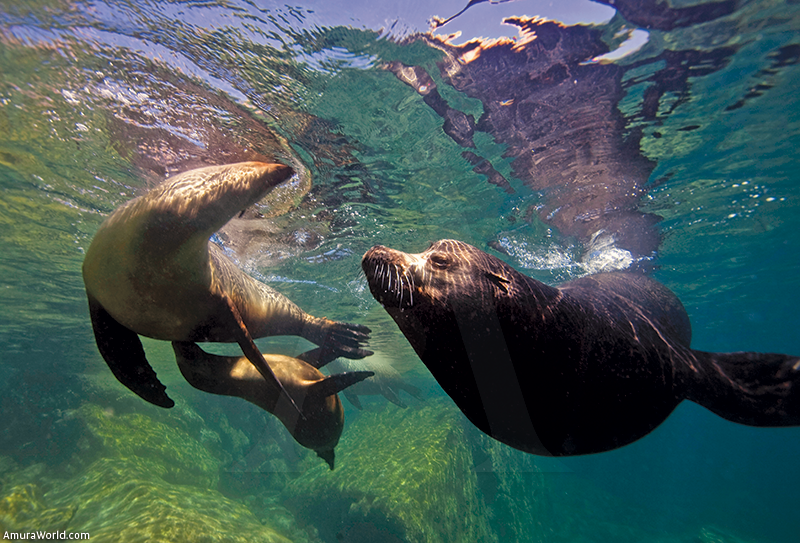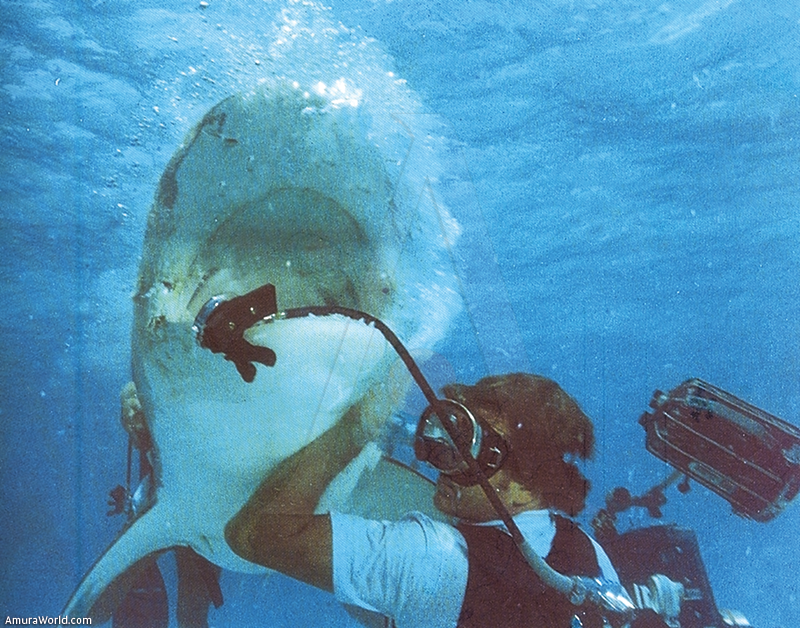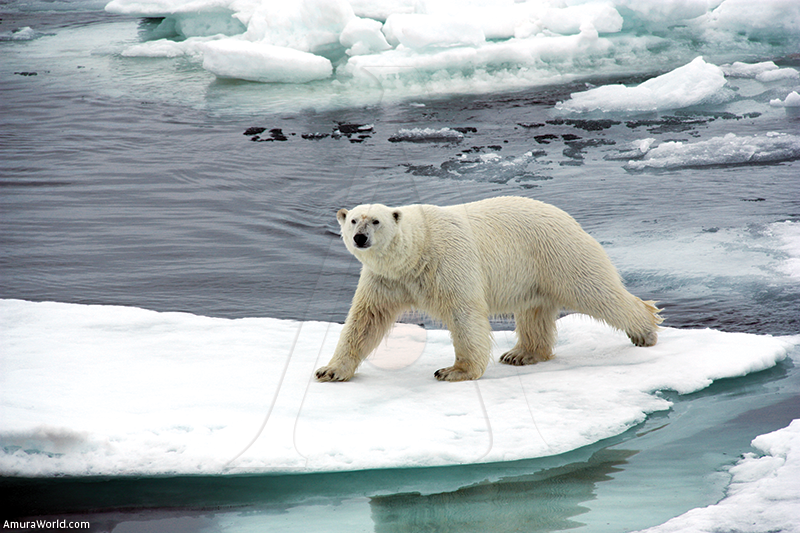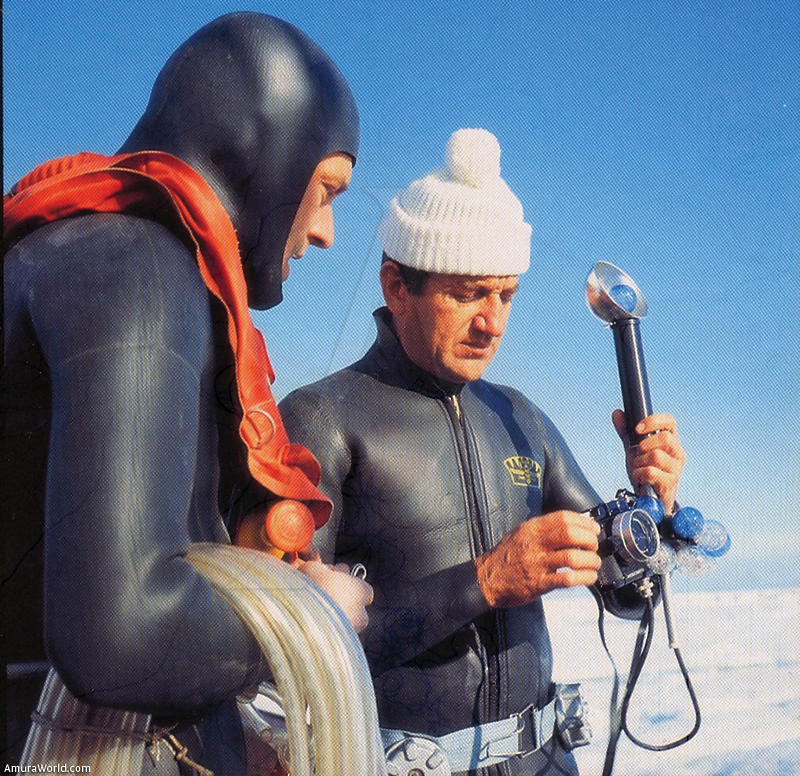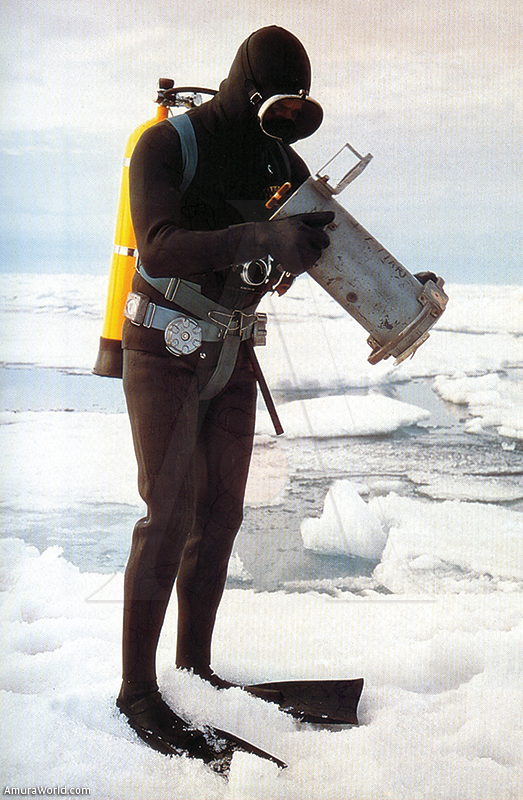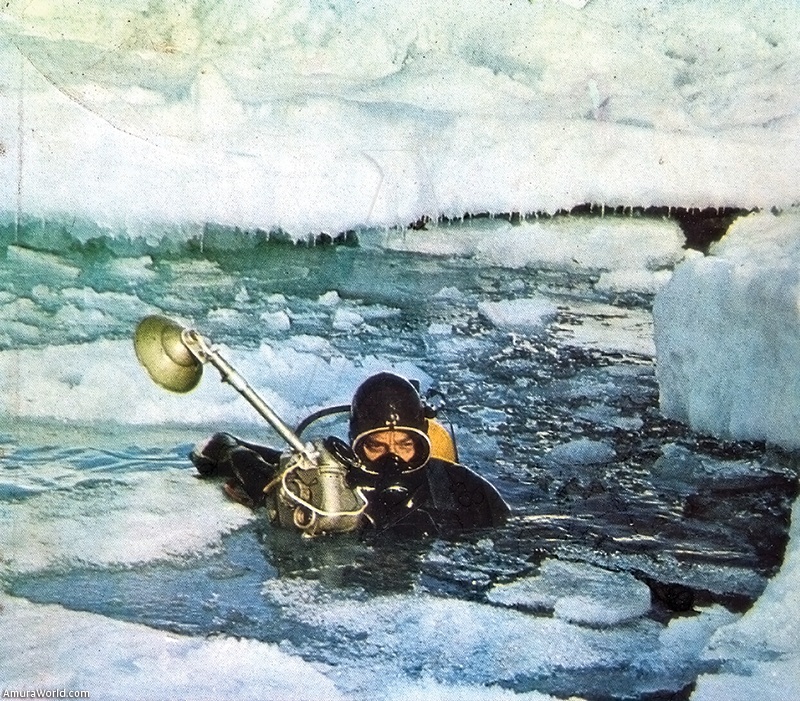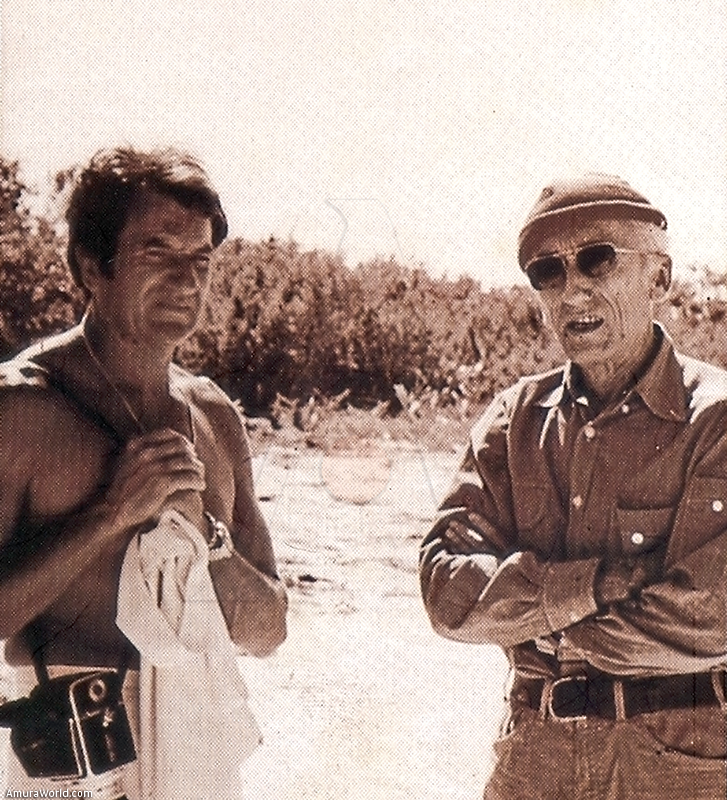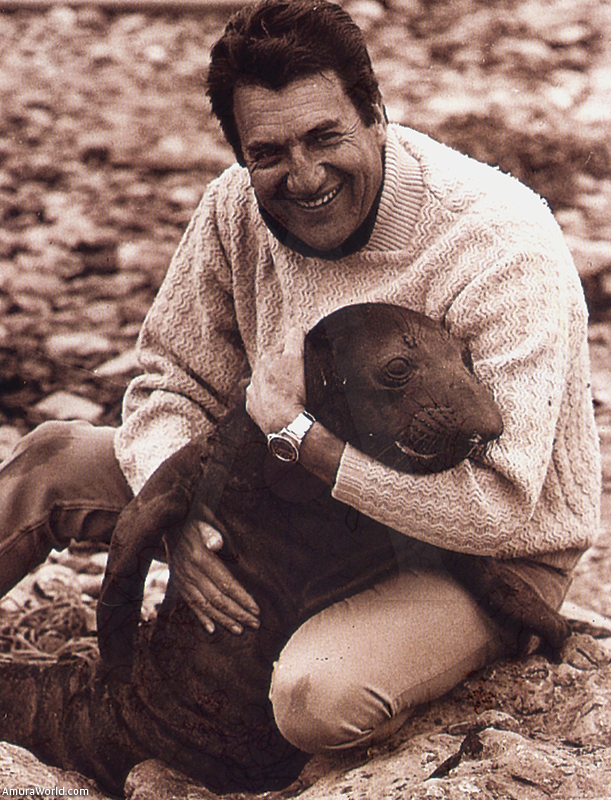{socialbuttons}
Ramon Bravo Prieto (1925-1998) is the most renowned Mexican diver who has reached international fame. At the height of both professional, scientific fields he enjoyed a friendly relationship with the French submarine researcher Jacques Cousteau. He was awarded the National Journalism Award for his popular science of Mexican wealth, on the small screen. His visionary work in defense of marine ecosystems led to Ramon Bravo Medal, awarded by the Government of Quintana Roo.
He was a marine scientist, a cameraman who attempted to seek the best of the underwater. He was also a deeply knowledgeable guide. His TV show Sea World, was dedicated to showing the wonders of the Mexican seas. Using a rubber boat, he showed the world the sand waterfalls sand in Baja California Sur, the crystal waters of our Mexican Caribbean and the sea lions of the Sea of Cortez and across the entire Gulf.
Ramon Bravo had the magic touch to spread his love and respect for nature, especially his submarine world. It was that magic which inspired many to embrace the career of marine biology, oceanography, diving and underwater photography as a profession, and many more who were dedicated to the conservation of our environment from other points of views.
Ramon Bravo’s greatest accomplishment was his anticipation of what is now recognized of significance. Through his efforts, he exposed the attractive underwater world he was discovering, and communicated the importance of caring for ecosystems that has taken millions of years to form, and may be lost if not cared for.
He began introducing to the public a view of the orcas at San Benito, BC. He was the first photographer to capture these animals in their environment, and dismissed an ancient myth that orcas hunt for their own survival and are not killers. When I asked Ramon what he felt when he was down there, alone, with those animals that are reputed murderers; he responded casually, “These animals have such beautiful eyes, I knew they cannot hurt anyone, so I left my cage and made my documentary.
At the North Pole Bravo filmed polar bears swimming underwater, he was so close to them that a bear bit his foot without serious consequences.
Ramon discovered and reported the presence of the sleeping sharks on beautiful Isla Mujeres. A fact that surprised the scientific community, because the academy was convinced that sharks could not sleep. Had the international recognition for the beauty and richness of the images he captured during his travels around the world’s oceans.
Fins, viewfinder, snorkel, camera, paper and pencil were his main tools of work, but mostly it was the moral courage to make public the threats that lurked to the ecosystems and, by extension, to the world. He knew He was fighting windmills, but with a conviction that he was right, and his unwavering faith that things would improve; he was always forced to move on.
Talking, photographing or writing, Ramon Bravo made us feel in harmony with the marine ecosystem. He also taught us how man has mistaken the management of the marine environment. We were constantly reminded that human nature has hidden and ancestral ability to harmonize with nature and that it is essential for the preservation of future generations. I close with a phrase that explains and supports the work of his life: “Beyond all things, is the sea.”
At the entrance to the underwater cave where his ashes were deposited, a plaque pays its last respects.
“Ramón Bravo
The ocean protector sleeps in this cave forever beside his sharks
Isla Mujeres, Quintana Roo, February 28, 1998”.
Text: Alberto Friscione Carrascosa ± Photo: Alberto Friscione Carrascosa, Ecología Verde

